History of Hyperbaric Oxygen Therapy | Part I
Hyperbarics, like many other medical treatments of the era, was governed much more by feelings and guess work than the rigorous testing and evidence-based science we are used to today.
In a world governed by treatment via medication, people are desperately searching for alternative ways to alleviate their symptoms, or in some cases, completely cure their ailments. As our understanding of the field of health and medicine grows, hyperbaric oxygen therapy continues to look promising as a mainstream treatment for multitudes of different medical conditions. When most people discover hyperbarics for the first time, they often see it as a brand-new emerging field of medical science. For most, it would be surprising to hear the opposite; that hyperbaric oxygen therapy has been around since the 1660’s! So, to better educate ourselves on the true benefits of hyperbarics, it is important to understand the history of how the field evolved into what it is today.
One of the most interesting parts about the history of HBOT (Hyperbaric Oxygen Therapy) is that it was being used before scientists or doctors even knew that oxygen existed. In 1662 Reverend Nathaniel Henshaw created the first HBOT chamber and called it the “Domicilium.” The Domicilium was a large fifteen-by-fifteen-foot chamber with the capabilities of pressurizing to between two to four atmospheres (modern chambers compress to a max of three atmospheres, typically). Henshaw reported that “In times of good health, this ‘domicilium’ is proposed as a good resource to aid digestion, promote insensitive breathing, facilitate breathing, and the expulsion of sputum. Consequently, it is extremely useful in preventing most lung infections”. Many of these original claims were unsubstantiated.
Hyperbarics, like many other medical treatments of the era, was governed much more by feelings and guess work than the rigorous testing and evidence-based science we are used to today.
Fast forward a few hundred years and HBOT is starting to look a lot more similar to how it looks today. Oxygen was finally discovered in 1774 and its benefits (and risks) started to slowly make themselves more apparent. In 1859 decompression sickness, also known as “the bends,” was finally understood and well researched. This led to one of the most widely recognized uses for early hyperbarics. Scuba divers who had come up too quickly, coal miners going deep underground, and even tunnel diggers would often experience intense pain after they had returned to the surface. This is because nitrogen bubbles in the workers’ bodies had shrunk in size under the increased pressure of their working conditions. These bubbles then increased in size as they came up to the surface, even though there was no room in the body for the increased bubble size, causing pain. Hyperbaric chambers helped these workers by shrinking the nitrogen bubbles back down and allowing the body to remove them using normal means.
In 1878 an important factor of HBOT was discovered: oxygen toxicity. A scientist by the name of Paul Bert discovered that animals would start to convulse (seize) if given 100% oxygen for an extended period of time. In the following decades other scientists expanded on Bert’s work and our understanding that oxygen therapy has its limits started to come into view. When treating patients in the present time, we limit patients to no more than two and a half hours a day in the chamber to prevent any of the symptoms Bert recorded from happening.
With clear indications for treatment being defined, and adverse side effects being monitored, HBOT moved its way into the 20th century looking to define itself as a mainstay medical treatment. However, stagnation in the industry and a lack of steady clinical evidence for treatment would lead to several decades of slow growth before hyperbarics would be able to truly take off.
